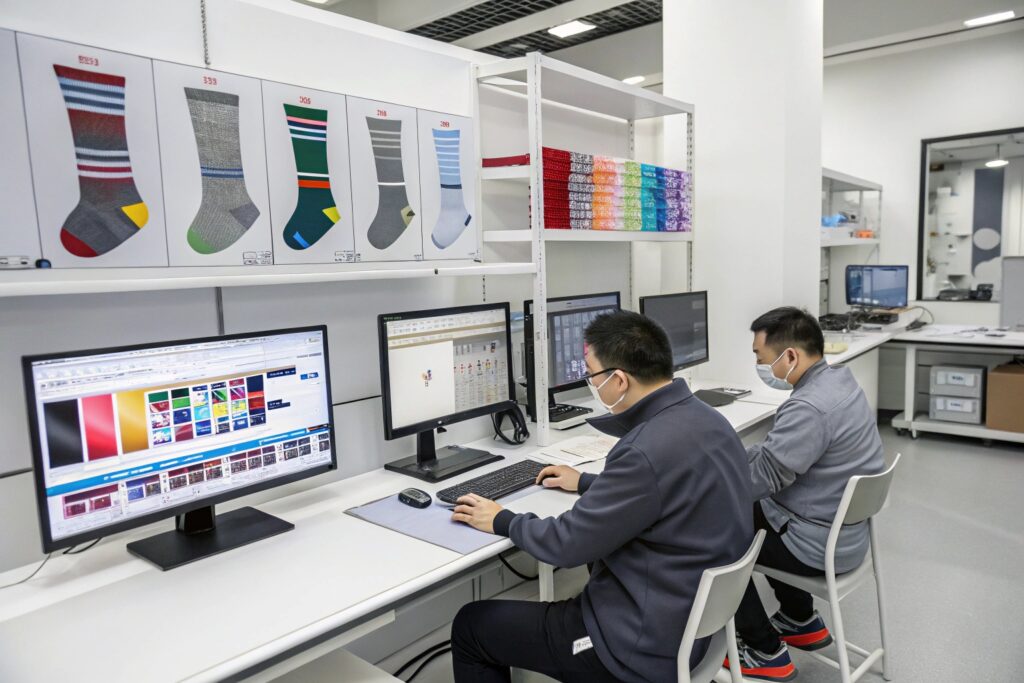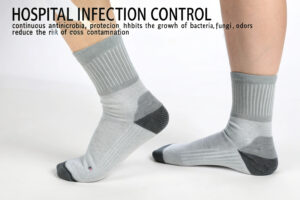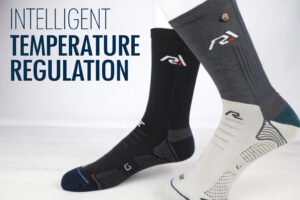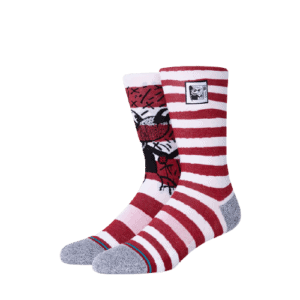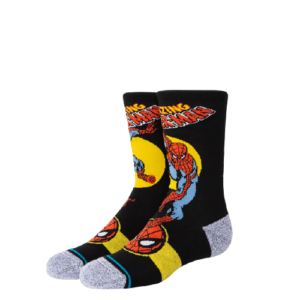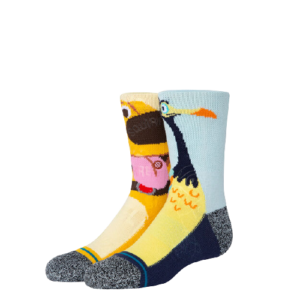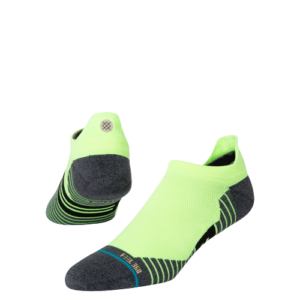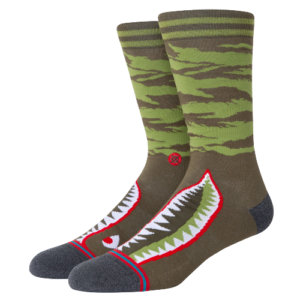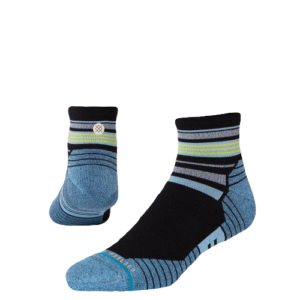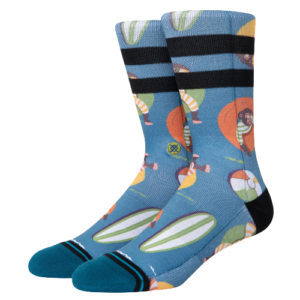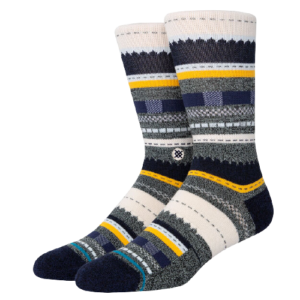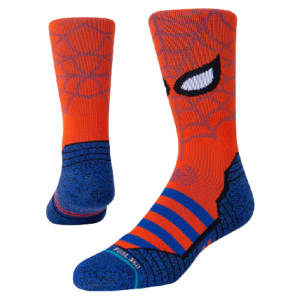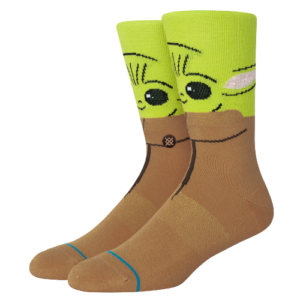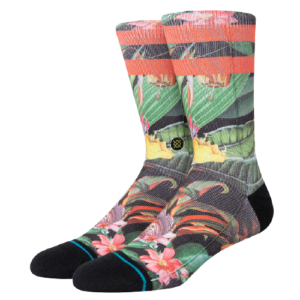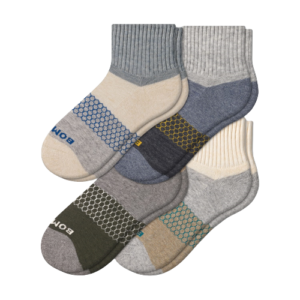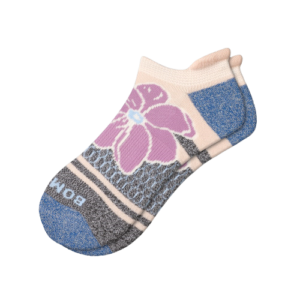For most global sock buyers, speed matters. Whether you’re working for a big-box brand or a fast-growing DTC label, the ability to develop samples in under 7 days can mean the difference between catching a trend—or missing it. At GlobalSock, we regularly hear from buyers struggling with 3-week development timelines or unclear supplier communication.
To accelerate sock sample development to 7 days or less, you need optimized tech packs, local material availability, real-time factory communication, and integrated sample workflows powered by automation and R&D experience.
In this article, I’ll break down how we at GlobalSock help clients cut sampling timelines—without compromising design accuracy or fabric performance.
What Role Does Tech Pack Accuracy Play in Speed?
Most sampling delays start before the sock is even made—right at the tech pack stage. A vague or incorrect tech pack can waste precious days.
Accurate tech packs provide sock factories with clear guidance on yarn, colors, sizing, and design elements, cutting out guesswork and revisions.
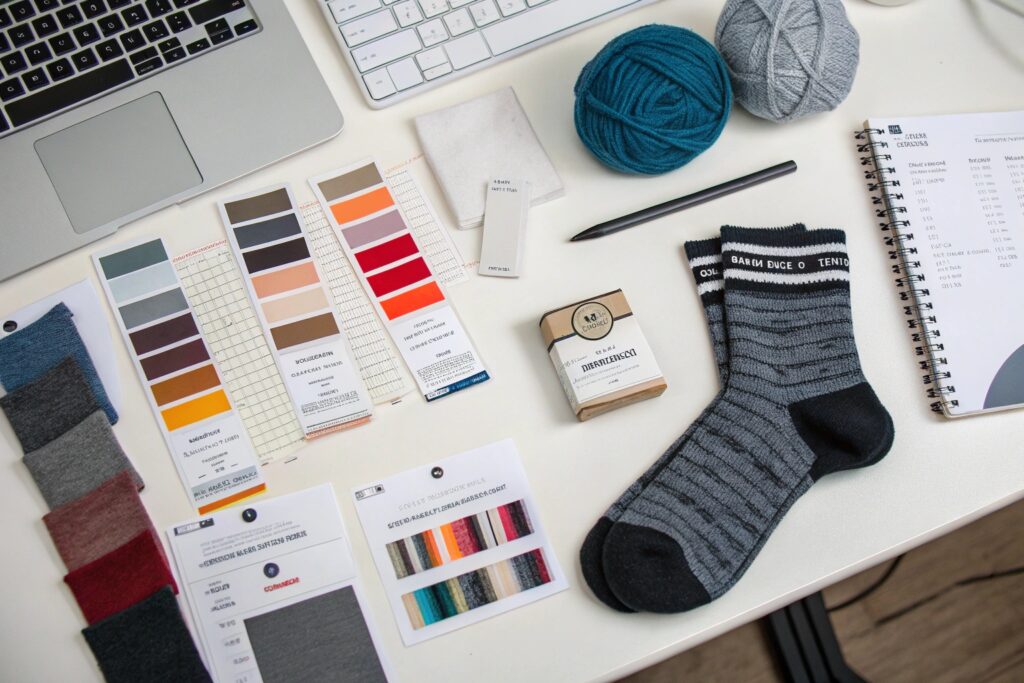
How Detailed Should a Sock Tech Pack Be?
An effective tech pack includes:
- Sock length and type (crew, ankle, knee-high)
- Yarn composition and brand (e.g., combed cotton, Lycra)
- Pantone color codes or physical swatches
- Stitch density and gauge
- Print or jacquard artwork in vector format
- Size chart with tolerances
If you don’t have your own template, you can refer to Techpacker’s sock templates or get starter packs from Pattern Union. At GlobalSock, we also help clients convert rough ideas into fully workable tech packs within 24 hours.
Why Do Revisions Slow Down Sampling?
Each revision restarts the clock. Delays happen when the design provided doesn’t match the client’s vision or cannot be executed with available machines or yarn stock.
To avoid this, we align with clients using pre-confirmed swatches and AI-aided tech pack reviews. Our system flags conflicting specs (like stretch vs. yarn type) before sampling starts—cutting average back-and-forth emails by 40%. Read how this helps in apparel development from industry portals.
How Can Yarn Availability Speed Up Sampling?
Even the best designs fall apart if the yarns aren’t ready. Waiting for special yarn imports can add 5–10 days to sample creation.
Using local yarn inventories and pre-dyed spools dramatically shortens the lead time in sock sampling.
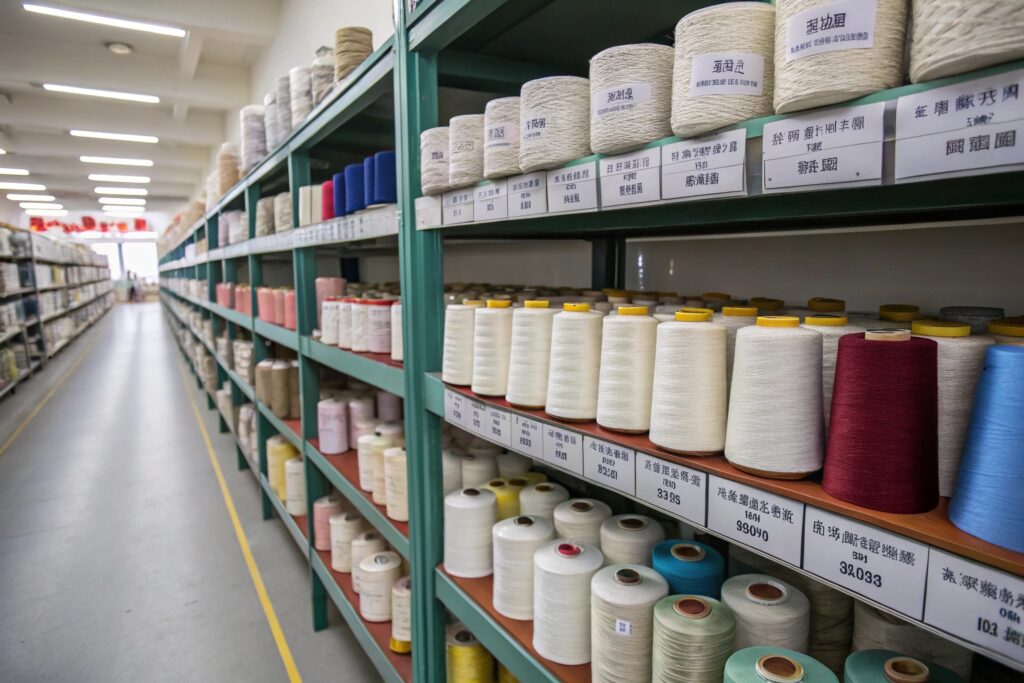
Why Should You Ask for Local Yarn Libraries?
Factories with strong local yarn partnerships can pull stock within 24 hours. At GlobalSock, we source from Keqiao’s yarn cluster—home to over 1,000 textile mills—which allows us to access:
- Over 500 Pantone-matched cottons
- 300+ pre-dyed polyester shades
- Certified bamboo, merino, and recycled blends
This gives us the speed to match samples with minimal dyeing time. Suppliers like Texhong or Huafu are common sources for fast-moving yarns.
What If Custom Yarn Is Needed?
In urgent cases, we offer lab dip matching using digital dyeing tech. We can recreate up to 90% of color specs using in-stock yarns and pigment overlays.
Custom yarns typically take 5–7 days, so we advise buyers to approve fallback options for fast samples. Learn how this hybrid method works from Datacolor or digital dyeing providers.
What Factory Processes Help Meet 7-Day Deadlines?
You need more than good yarn—you need a factory team trained for rapid prototyping. This is where factory process automation and team experience become critical.
Streamlined factory workflows with dedicated sample lines, AI knitting presets, and real-time monitoring enable sub-7-day development cycles.
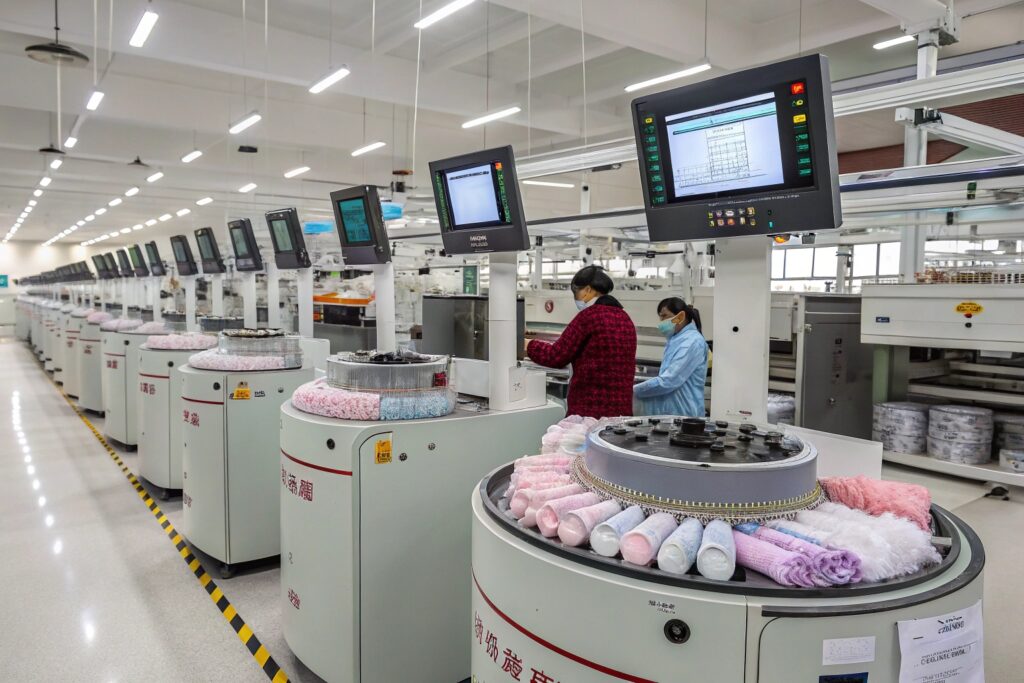
What Is a Dedicated Sample Line and Why Does It Matter?
Many traditional factories put samples into normal production lines, leading to delays. At GlobalSock, we have 2 sample-dedicated knitting lines, staffed by veteran machine operators and a separate CAD technician.
This reduces queue times, avoids production bottlenecks, and allows multiple sampling rounds per day. Want more info? Read about lean sampling systems or see how footwear brands run sample pods.
How Does AI Help Optimize Knitting and Linking?
We use AI-based systems to load designs directly into our Lonati and Santoni knitting machines. Once tech packs are uploaded, the system selects stitch presets and needle specs automatically.
This saves hours per sock and eliminates the human trial-and-error process. Platforms like Lectra or Knitcloud offer similar digital integrations.
How Should Clients Communicate to Avoid Delays?
Good communication can make or break a fast sample order. The more clearly and quickly you respond, the smoother the sample process goes.
Buyers should maintain daily contact, share structured feedback, and use shared platforms to track sampling milestones.
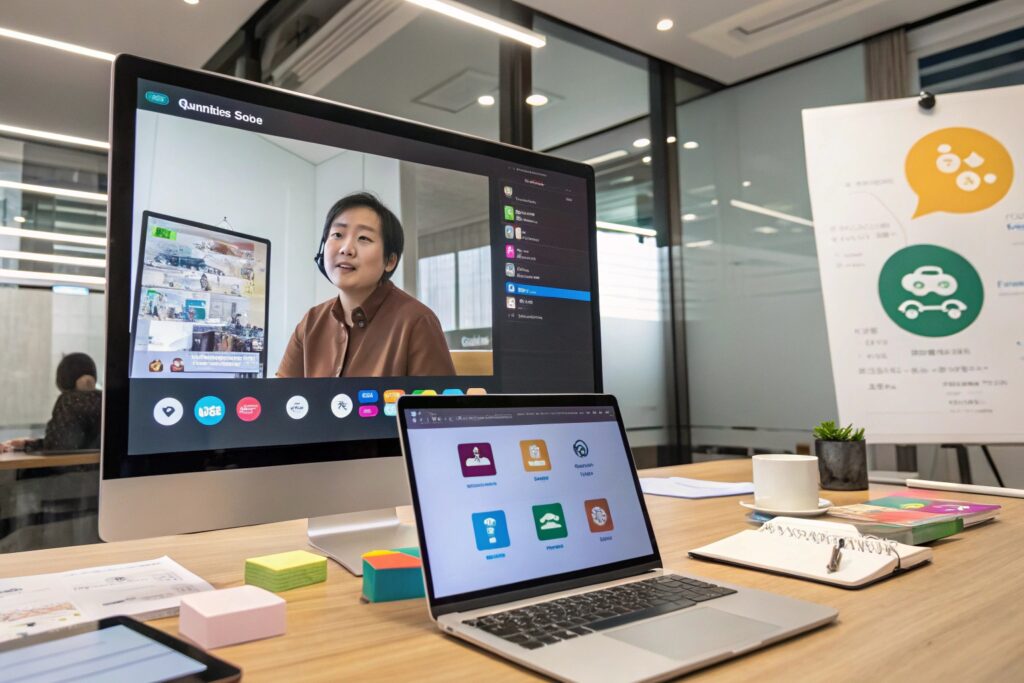
What Tools Are Best for Managing Sample Timelines?
We recommend:
- Shared Google Drive or Dropbox for tech packs and artwork
- WhatsApp or WeChat for real-time photo/video updates
- Trello or Asana boards for step-by-step approvals
- Google Forms for sample feedback
At GlobalSock, each client gets a Trello-style portal to track yarn sourcing, knitting, linking, washing, QC, and shipping. Learn how to build your own sample pipeline or integrate project management tools into development.
What Happens If Communication Fails?
Delays. Misunderstandings. Wrong socks. That’s why we assign every sample order a dedicated English-speaking project manager who works in China’s time zone but adjusts to U.S./EU hours for smoother collaboration.
You can also hire third-party sourcing agents like Sourcemap or Dragon Sourcing to help vet communications—but remember, every layer adds time. The fastest is still direct, daily communication with your factory.
Conclusion
Speed and quality don’t have to be enemies. If you want sock samples in 7 days or less, focus on clear tech packs, yarn accessibility, factory specialization, and smart communication. At GlobalSock, our integrated system—from Keqiao’s yarn markets to AI knitting stations and bilingual sample managers—helps global clients reduce sampling cycles and launch faster. Let’s build better, faster.

